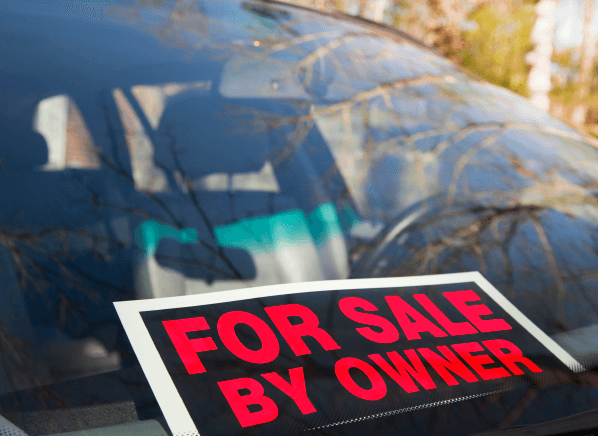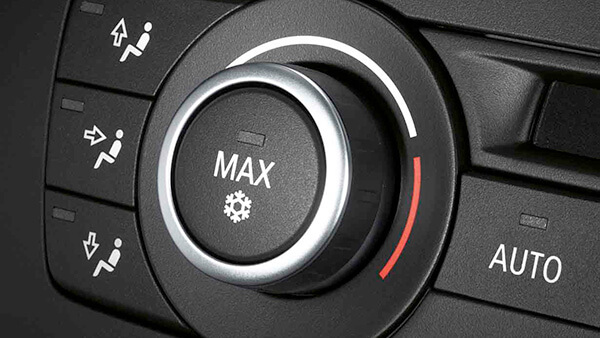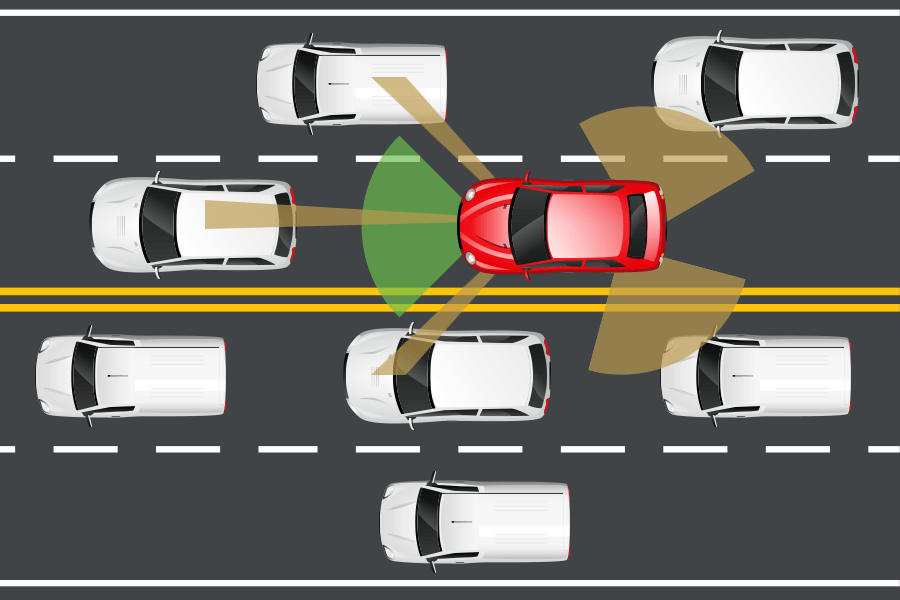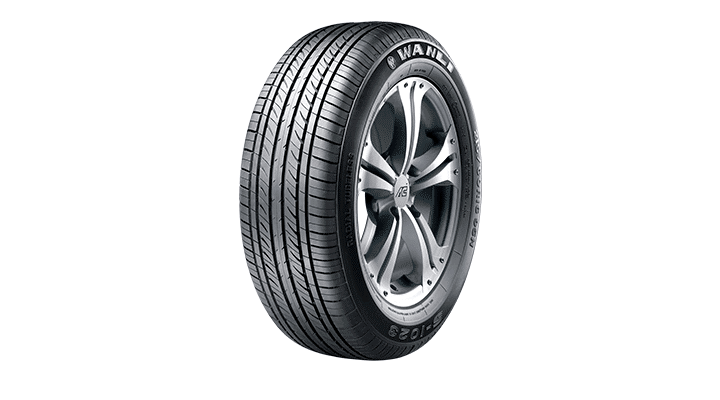If you are shopping for a used car, it would be wise to think “certified pre-owned“. It is important to understand what kind of certifications used cars should have. This will help you increase your chances of leaving the lot with a reliable vehicle.
Step 1: Know Your Certifications
Different cars come with different certifications. For example, some cars are certified by the dealer; others are certified by the manufacturer. Your best bet is to go with a manufacturer certification. Cars covered by a manufacturer’s certification undergo much more rigorous testing than those not covered.
They also come with a lot of the same perks as new cars, such as roadside assistance and the option to use a loaner vehicle should your car break down. Another benefit is that a manufacturer’s certification is good anywhere and will last for the life of a car. Whereas a dealer’s certification will cease to exist if that particular dealer happens to shut down.
It is important to do your homework so you can find a good manufacturer’s certification program. Details of the different certification programs can be found online. It is to your benefit to fully understand these programs before walking into the dealership. The fewer surprises you encounter, the better chances you have of making a good deal.
Step 2: Shop Around
If you want to import a car, the Internet is a great place to start if you are shopping for a certified pre-owned vehicle. Most dealerships have their inventories online, complete with listings of which cars come with which certifications. This will also help you feel prepared before you step foot in the dealership.
Step 3: Confirm Inspection
Once you are at the dealership, it is important to make sure the car you are interested in has been inspected. Ask the car dealer to show you the actual inspection report for the car, and make sure the car’s vehicle identification number (VIN) matches the number on the inspection report.
Step 4: Perform Your Own Inspection
When buying any car–new or used–you should always perform your own inspection. Walk around the car and carefully inspect the tires and the body for flaws. Pop the hood to look for any visible problems there. And of course, never purchase a car without first taking it for a test drive.
Keep the radio off and do not talk during the test drive. You want to concentrate and listen carefully for any unusual sounds. If possible, drive down a bumpy street to check the car’s shock absorption. Make both right and left-hand turns to see how the car handles them. Make sure the brakes are sharp and the car accelerates properly. Test driving is the best way to see if the car is the best fit for you.
Shopping for a certified pre-owned vehicle can be intimidating. There are so many used vehicles out there, and so many different certification programs. But if you do your homework, you will know what to look for once you get to the dealership and have a much better chance of finding the perfect certified pre-owned vehicle for you.







